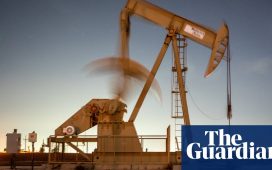Opec+, a grouping of nearly two dozen countries that control 40% of global production, has announced an output cut of around 1.16 million barrels per day from May. This has prompted some analysts to forecast that oil could touch $95-$100 per barrel towards the end of the year.
Indian refinery executives feel the producer cartel acted to keep prices above $80 per barrel given the bearish global economic sentiment, which had sent oil close to $70 just a few days ago.
“Opec+ producers seem fine with prices between $80 and $90 per barrel. If prices breach the $90 level, I think they would release more supplies in the market,” said a refinery executive who didn’t want to be named.
Higher crude prices mean increased costs for refiners in an atmosphere where they can’t easily pass on costs to consumers. “There will be no knee-jerk reaction. Don’t expect retail prices to rise quickly. Refiners have absorbed much bigger shocks before,” said another executive. Retail prices of petrol and diesel have been frozen for nearly a year.
Increased costs of crude as well as of the energy consumed in refining would impact oil companies’ margins. Earnings at state-run oil marketing companies would come under pressure if prices stay high this quarter. These companies made losses in the first half of 2022-23 but swung to a profit in the third quarter.
Their blended marketing margins for petrol and diesel turned positive last quarter but can again come under pressure if global prices rise and domestic pump prices stay frozen.For oil producers such as ONGC and Oil India, the gains from higher global prices would be capped by the windfall tax. For natural gas consumers with prices linked to crude, the import prices would rise and a sustained high gas price could again curb domestic demand that had begun to normalise.









